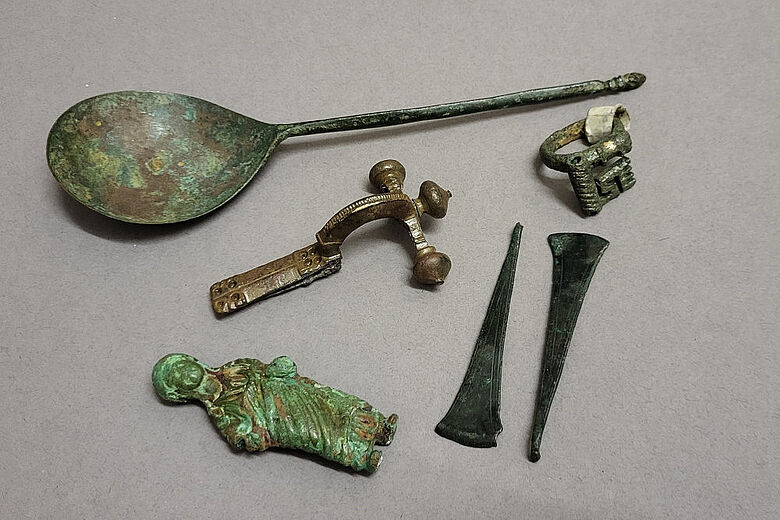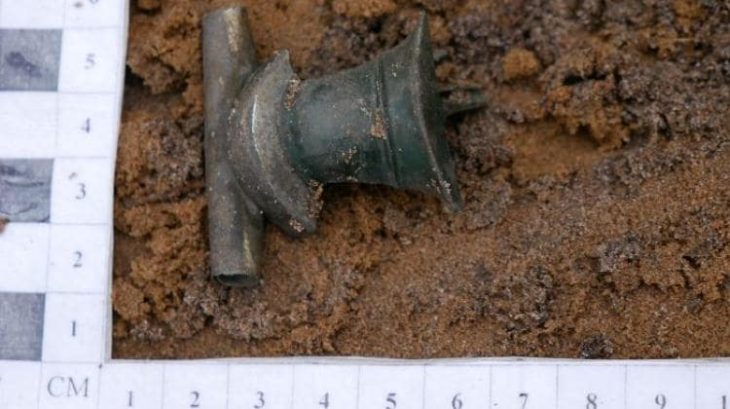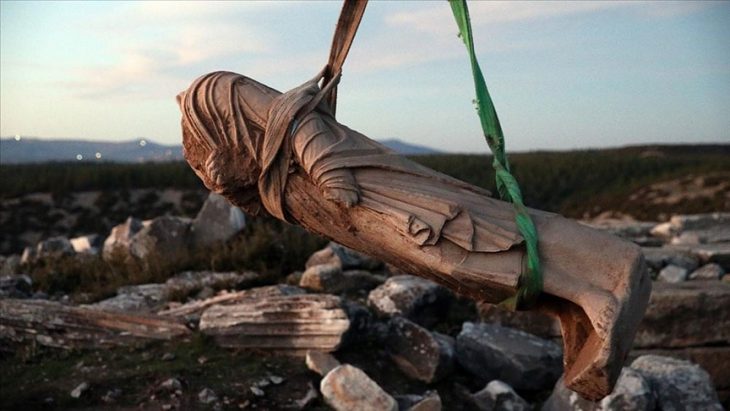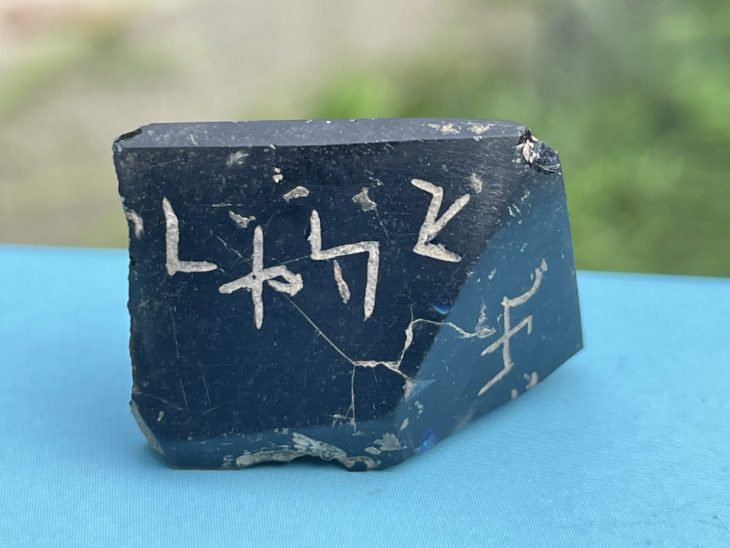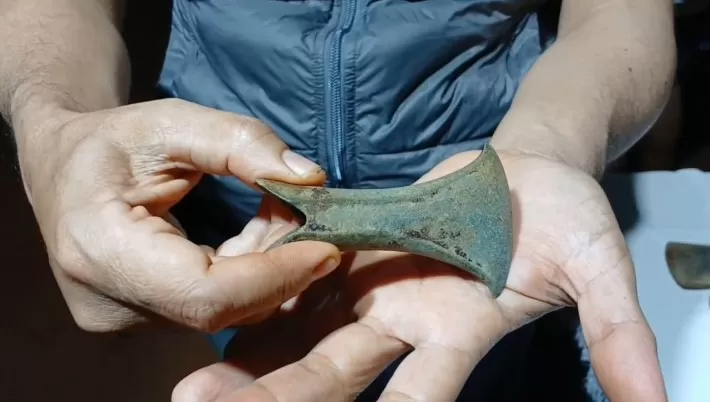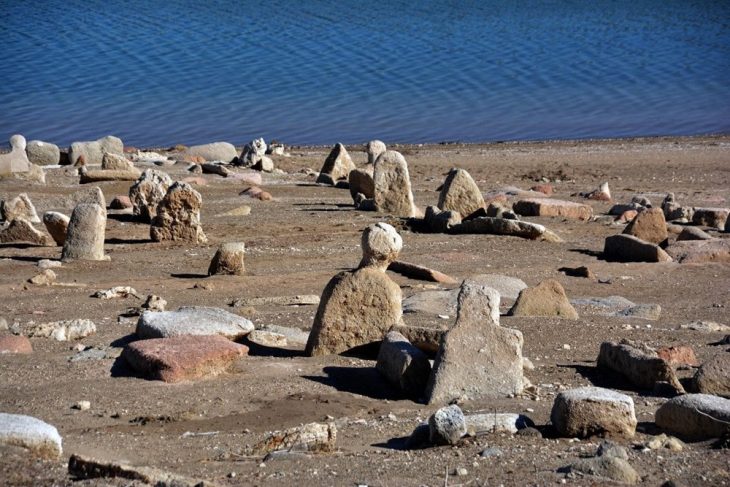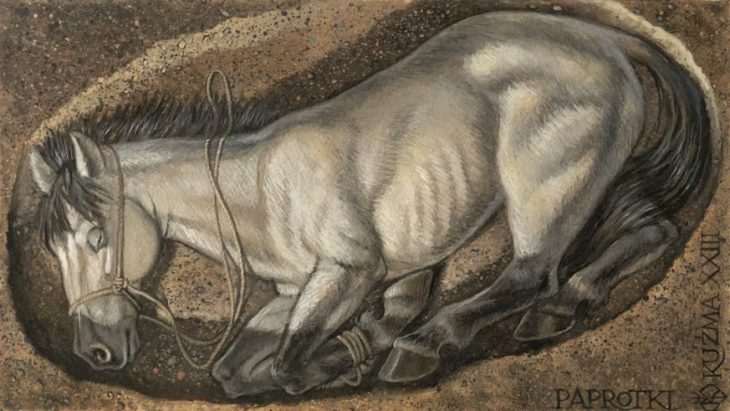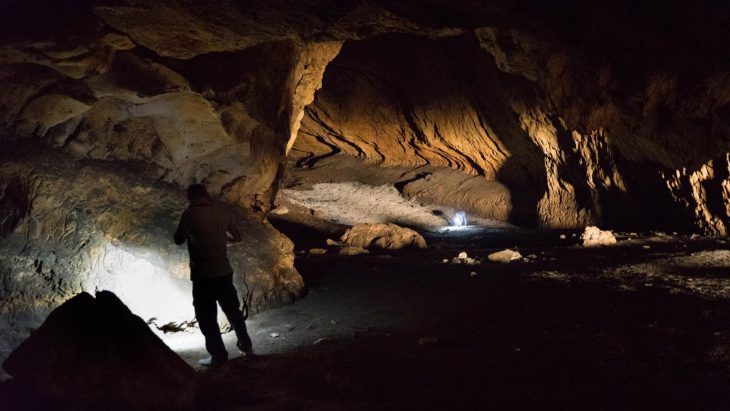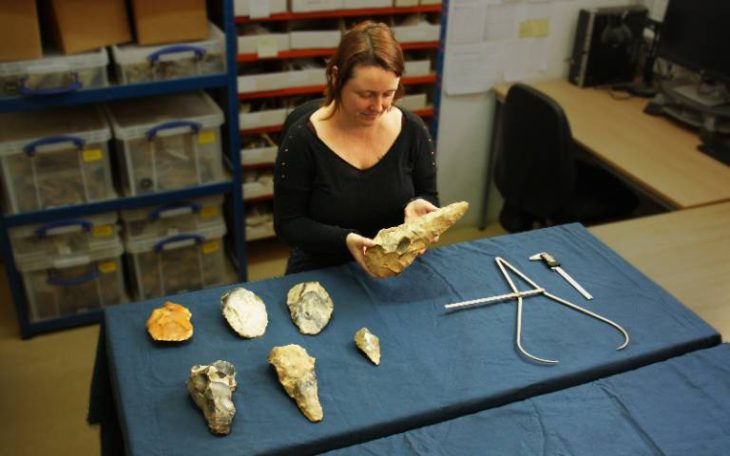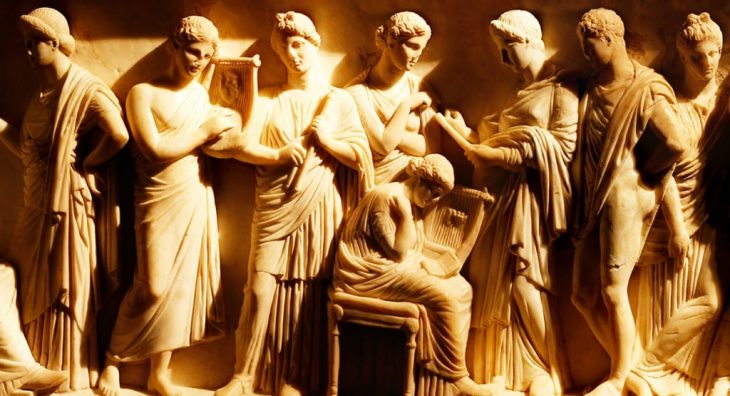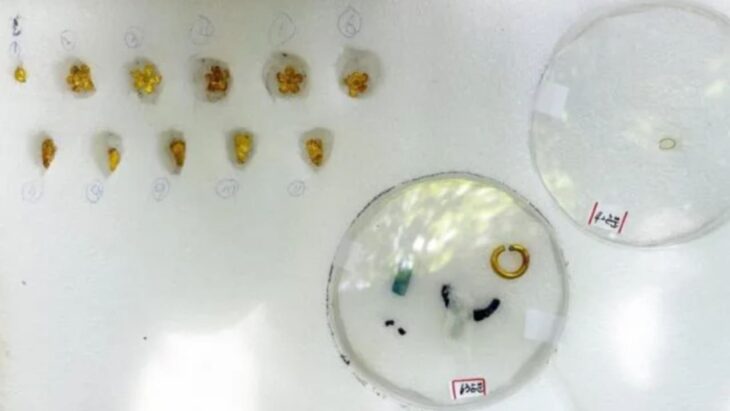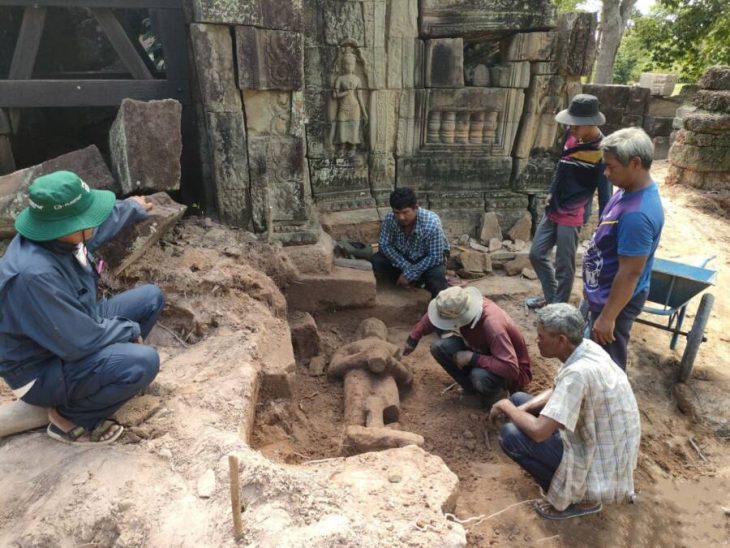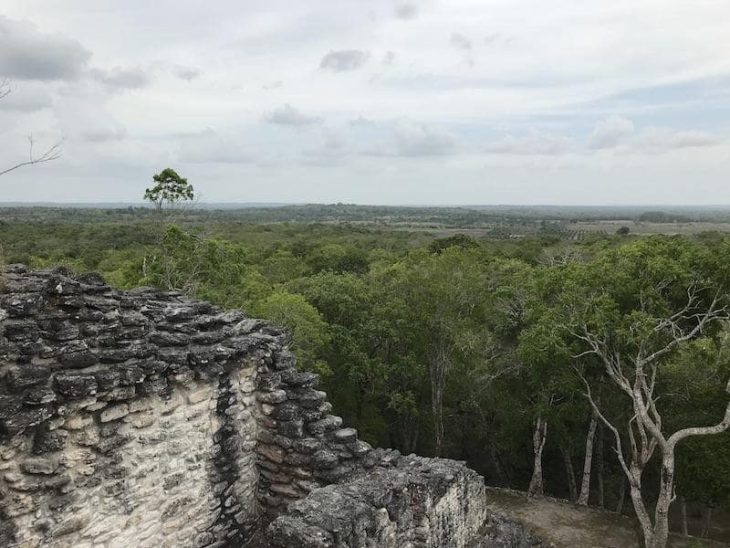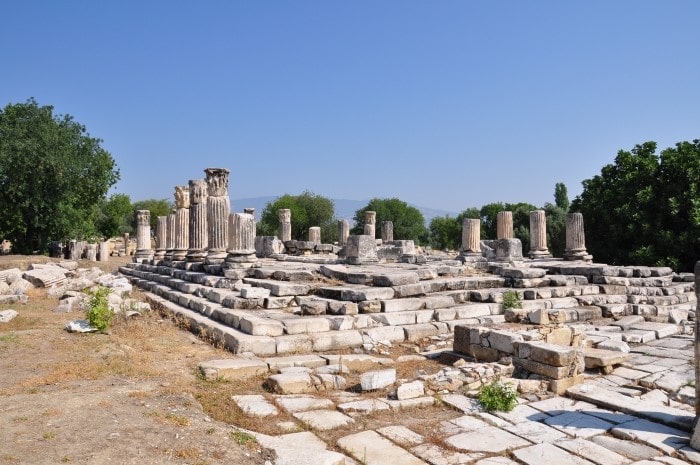A remarkable discovery at the Landesmuseum Natur und Mensch in Oldenburg has shed new light on the dark history of World War II-era cultural looting. Seven metal objects, long believed to be Roman artifacts from Bentumersiel in Lower Saxony, have been reclassified as possible Nazi-looted art following extensive provenance research in collaboration with the Leibniz Centre for Archaeology (LEIZA) and the Fries Museum in Leeuwarden.
These metal objects—including fibulae, a statuette, and other decorative pieces—were acquired by the museum in 1983 from a private collector. At the time, the artifacts were purportedly sourced from Bentumersiel, a significant archaeological site along the Ems River known for Roman military and luxury finds. However, even during the acquisition, doubts arose. Museum documentation questioned the provenance with the notation “allegedly Bentumersiel?”
Recent investigations, part of a broader archaeological research project at the Landesmuseum, have confirmed that the composition and dating of these objects are inconsistent with the Bentumersiel site. Further analysis of acquisition records suggests an alternative origin: Arnhem in the Netherlands, during the final stages of World War II. Historical records show that German forces looted vacant houses in Arnhem during the fierce battles over the Rhine bridge, including the removal of valuable cultural artifacts.
Photographic evidence and label comparisons indicate that the objects may have belonged to the private collection of Arnhem-based photographer and collector Adam Jacobus Hieronimus Van der Toorn (1870–1919). Much of Van der Toorn’s collection is now housed in the Fries Museum in Leeuwarden and the Museum Arnhem, transferred there by his heirs.
“Evidence strongly suggests that these artifacts are indeed looted,” says Dr. Annette Siegmüller, an archaeologist and current research associate at Landesmuseum Natur und Mensch. “Our research not only expands knowledge about our collection but also reflects our ethical responsibility in handling cultural heritage.”
📣 Our WhatsApp channel is now LIVE! Stay up-to-date with the latest news and updates, just click here to follow us on WhatsApp and never miss a thing!!
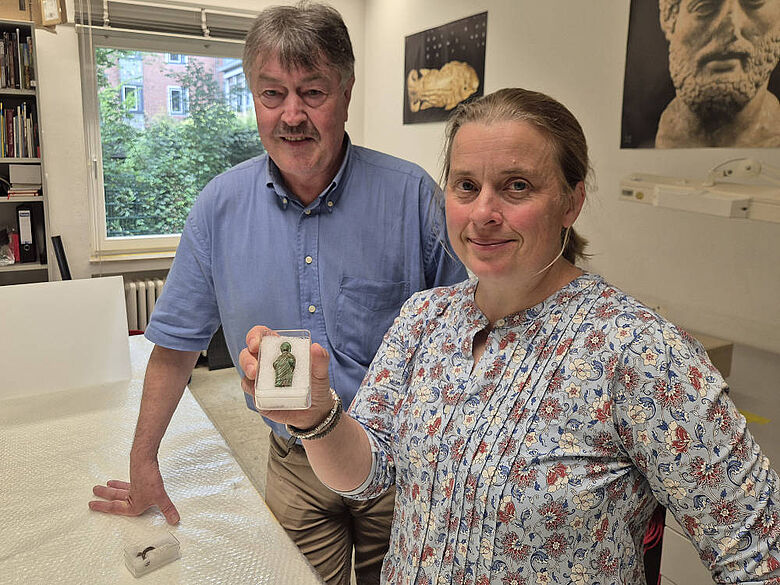
Museum Director Dr. Ursula Warnke emphasizes the broader significance: “Museums are not merely custodians of objects; they are places for critical engagement with the histories of their collections. Provenance research requires close scrutiny—even when an object’s origin has long been assumed secure. We embrace transparency, collaboration, and ethical reflection as central to our museum’s mission.”
The Landesmuseum is currently investigating the fate of other objects from the same 1983 acquisition batch, for which only photographs remain. These images depict finely crafted metalwork and rare bone artifacts, likely dating from the early medieval period and originating from the Dutch coastal region. Collaborative efforts with German and Dutch museum colleagues are underway to trace the origins and whereabouts of these items.
Plans are now in place to temporarily exhibit the newly reattributed artifacts, alongside the story of their turbulent history, in the museum this autumn. The upcoming exhibition promises not only to showcase remarkable craftsmanship but also to confront the challenging history of wartime looting and the museum’s ongoing commitment to ethical stewardship.
This discovery underscores the vital importance of provenance research in museums and highlights how historical objects carry stories far beyond their aesthetic or archaeological value. By unraveling the journeys of these artifacts, museums like Landesmuseum Oldenburg contribute to a more transparent and accountable understanding of cultural heritage.
Landesmuseum Natur und Mensch in Oldenburg
Cover Image Credit: Metal objects acquired in 1983, originally believed to be from Bentumersiel, now identified as looted artifacts from World War II. Landesmuseum Natur und Mensch Oldenburg

